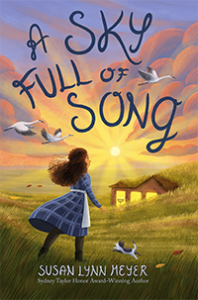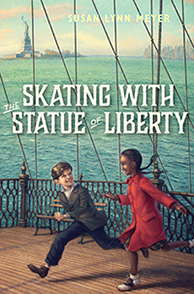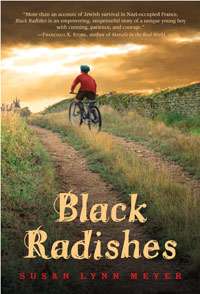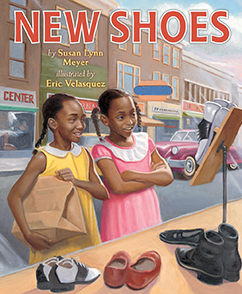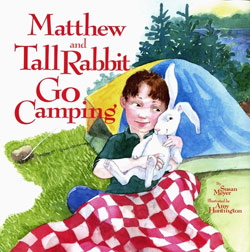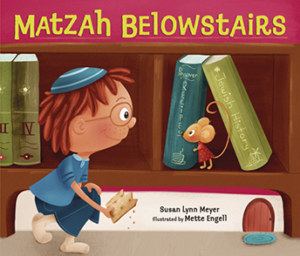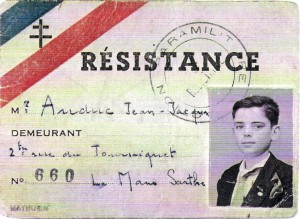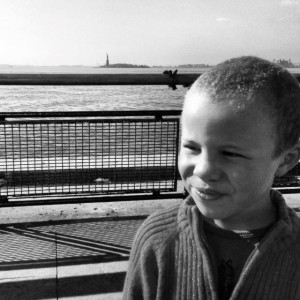For Readers of Black Radishes and Skating with the Statue of Liberty: The French Resistance
The French Resistance
A Guest Post by Educator Catherine Maryse Anderson
Black Radishes, the novel that precedes Skating with the Statue of Liberty, offers readers a look into the everyday people who risked their lives for the French Resistance. Readers of both books will marvel at the bravery and cleverness of Gustave’s friend Nicole, who, with her father, helps move Jews and others out of France’s Nazi-occupied zone.
The French Resistance movement is an umbrella term which refers to numerous anti-German resistance movements that were based within France during World War II. While groups and individuals had different strategies and leadership, they were all opposed to the installation of the collaborative Franco-German government in Vichy France from 1940-1944 and sought to end German occupation of France and beyond.
Resistance members were men and women of all faiths and economic backgrounds. They maintained underground newspapers, provided safe houses and transport for Jews, delivered valuable information to the Allies, and interfered with the Nazis’ ability to communicate and disperse supplies.
Children like Nicole did play a role in the Resistance. Jean-Jacques Auduc, celebrated as France’s youngest Resistance member, carried messages in the handlebars of his bicycle starting when he was 11 years old. His whole family played a role in the Resistance. Even Jean-Jacques’ grandmother was a traveling radio operator for the movement. By the time Jean-Jacques was 12, he was actively spying and committing acts of sabotage.
In Skating with the Statue of Liberty, Gustave writes letters to France not only to maintain his friendship with Nicole, but also in hopes of discovering news of his Jewish friend Marcel, whose fate is unknown. Gustave asks his father, “Nicole’s father is in the Resistance…They helped us, so why couldn’t they help Marcel?” (p. 41) Gustave is haunted by the news coming from Europe. He is terrified that Marcel is among those captured, imprisoned, and possibly murdered by the Nazis.
At the close of the novel, Gustave receives a cryptic letter from Nicole that reads, “our friend, you know who I mean, he is playing hide-and-seek. He is very good at hiding. Robert is drawing something on the pavement…” (p. 282). When Gustave figures out the riddle, he realizes that this is “a secret message, hidden from the Nazi censors, from the prying eyes that would look over the letter before it left Occupied France. ‘He is very good at hiding.’ She was telling him that Marcel was in hiding! Marcel was alive!” (pp. 282-3)
According to Yad Vashem, the World Holocaust Remembrance Center, “approximately seven thousand Jewish children in France were saved during the Holocaust due to the courageous efforts of various groups, and brave individuals too many to mention.” From individual families who took in a single child to heroes like Madame Germaine Chesneau of Chateau de Peyrins, who housed 108 Jewish children, citizens across France helped children escape, obtain forged papers and form new identities, and hide throughout the war.
As the war raged on, the Resistance movement gathered momentum and resources. They mounted attacks against the Germans, helped Allied airmen get to safety, and provided increased intelligence to Allied forces that eventually led to victory. The world owes a great debt to these men, women, and even children who risked their lives to protect Jewish neighbors and to defeat the Nazis through stealth, intelligence, and fortitude.
Do you think you would have been as brave as Nicole to share stories written in a secret way to share information? How do you think that Nicole’s efforts helped Gustave and Marcel? What are other ways that you know of that people have been part of resistance movements either in history or in stories? What are some of the common themes of resistance?
Further Reading:
Messages in Handlebars: the Youngest Resistance Fighter by Kendrick Kirk (Author), Jean-Jacques Auduc (Narrator), Claire Kirk (Translator). Published by Kendrick Kirk, 2011.
The Butterfly by Patricia Polacco. Published by Penguin Random House, 2000.
Sources:
“The French Resistance” from The History Learning Site (UK)
“Non Jewish Resistance” from the Holocaust Encyclopedia, United States Memorial Holocaust Museum
Video: “French Resistance” from the History Channel
Image sources:
Témoignage de Jean-Jacques Auduc from Vive la Résistance
About the Educator:
Catherine Maryse Anderson has an extensive 15-year background as a public school literacy and humanities teacher in Portland, Maine. She spent two years as a literacy coach for Portland Public Schools and led statewide symposiums on building educator capacity for cross-cultural competency in the classroom from early childcare through college. She was a runner up for the Teaching Tolerance Educator of the Year. Catherine has been involved in ongoing performing arts projects for twenty years and is a published poet and essayist.
